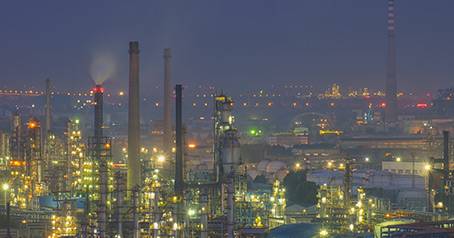Jul . 27, 2024 00:54 Back to list
Cost Analysis of HDPE Sheets for Various Applications and Industries in 2023
Understanding the Cost Factors of HDPE Sheets
High-Density Polyethylene (HDPE) sheets have gained immense popularity across various industries due to their remarkable durability, chemical resistance, and versatility. Used in applications ranging from industrial storage to commercial signage and even in the food industry, HDPE sheets offer a unique combination of performance and cost-effectiveness. However, several factors contribute to the overall cost of HDPE sheets, which are critical to understanding for businesses and individuals considering their purchase.
1. Raw Material Costs
The primary component of HDPE sheets is high-density polyethylene, a type of thermoplastic derived from crude oil. Fluctuations in the price of crude oil directly impact the cost of HDPE. When oil prices rise, the cost of raw materials increases, leading to higher prices for HDPE sheets. Conversely, when oil prices drop, customers may see a reduction in HDPE sheet costs. Hence, staying informed about the oil market can provide invaluable insights into potential pricing trends.
2. Thickness and Size
The thickness and size of the HDPE sheet also play a significant role in determining the cost. Generally, thicker sheets are more expensive due to the increased amount of polymer used in their production. Additionally, custom sizes and thicknesses can lead to higher prices since manufacturers may need to adjust their production processes to accommodate these requests. Standard sizes are typically more cost-effective, making them an attractive option for bulk purchases.
While natural HDPE sheets are usually cheaper, the color and additional customization options can significantly influence the price. Colored HDPE sheets often undergo additional processing and may use more specialized dyes, which can enhance costs. Furthermore, custom cuts, engravings, or other specific modifications required by a client will also add to the overall expenditure.
hdpe sheet cost

4. Supplier Influence and Market Competition
The choice of supplier can greatly affect the price of HDPE sheets. Larger suppliers often benefit from economies of scale, allowing them to offer competitive pricing. In contrast, smaller, niche manufacturers may have higher prices due to lower production volumes. Moreover, market competition influences pricing strategies. In a highly competitive market, suppliers may reduce prices to attract customers, while in a market with fewer players, prices may remain elevated.
5. Transportation and Shipping Costs
Transportation logistics are another critical factor in the overall cost of HDPE sheets. Geographic location plays a vital role; customers who are farther from manufacturing facilities may face higher shipping fees. Additionally, fluctuations in fuel costs can also impact transportation expenses. As a result, customers should consider not just the price of the sheets but also the potential shipping costs when calculating their overall budget.
6. Environmental Considerations
With a growing emphasis on sustainability, some suppliers offer recycled HDPE sheets. While these may be more expensive than virgin HDPE due to processing costs, they appeal to eco-conscious consumers. Choosing recycled materials can be a worthwhile investment not only for environmental reasons but also for potentially advantageous marketing opportunities.
Conclusion
In conclusion, the cost of HDPE sheets is influenced by a variety of factors including raw material prices, thickness, size, customization options, supplier dynamics, transportation, and environmental considerations. Understanding these elements can help customers make informed decisions when purchasing HDPE sheets that meet their specific needs. As industries continue to evolve and seek sustainable solutions, HDPE sheets will remain a valuable resource, balancing performance with affordability.
-
High-Quality PPR Pipes and Fittings Durable ERA PPR & PVC PPR Solutions
NewsJul.08,2025
-
Black HDPE Cutting Board - Durable, Non-Porous & Food Safe HDPE Plastic Cutting Board
NewsJul.08,2025
-
High-Quality CPVC Panel Durable HDPE & PVC Panels Supplier
NewsJul.08,2025
-
Double PE Welding Rod Supplier - High Strength, Durable & Versatile Welding Solutions
NewsJul.07,2025
-
High-Quality PVC-O Pipe Supplier Durable 75mm PVC Pipe & Connections Leading PVC Pipe Company
NewsJul.07,2025
-
HDPE Drainage Pipe Supplier – Durable & Corrosion-Resistant Solutions
NewsJul.06,2025

